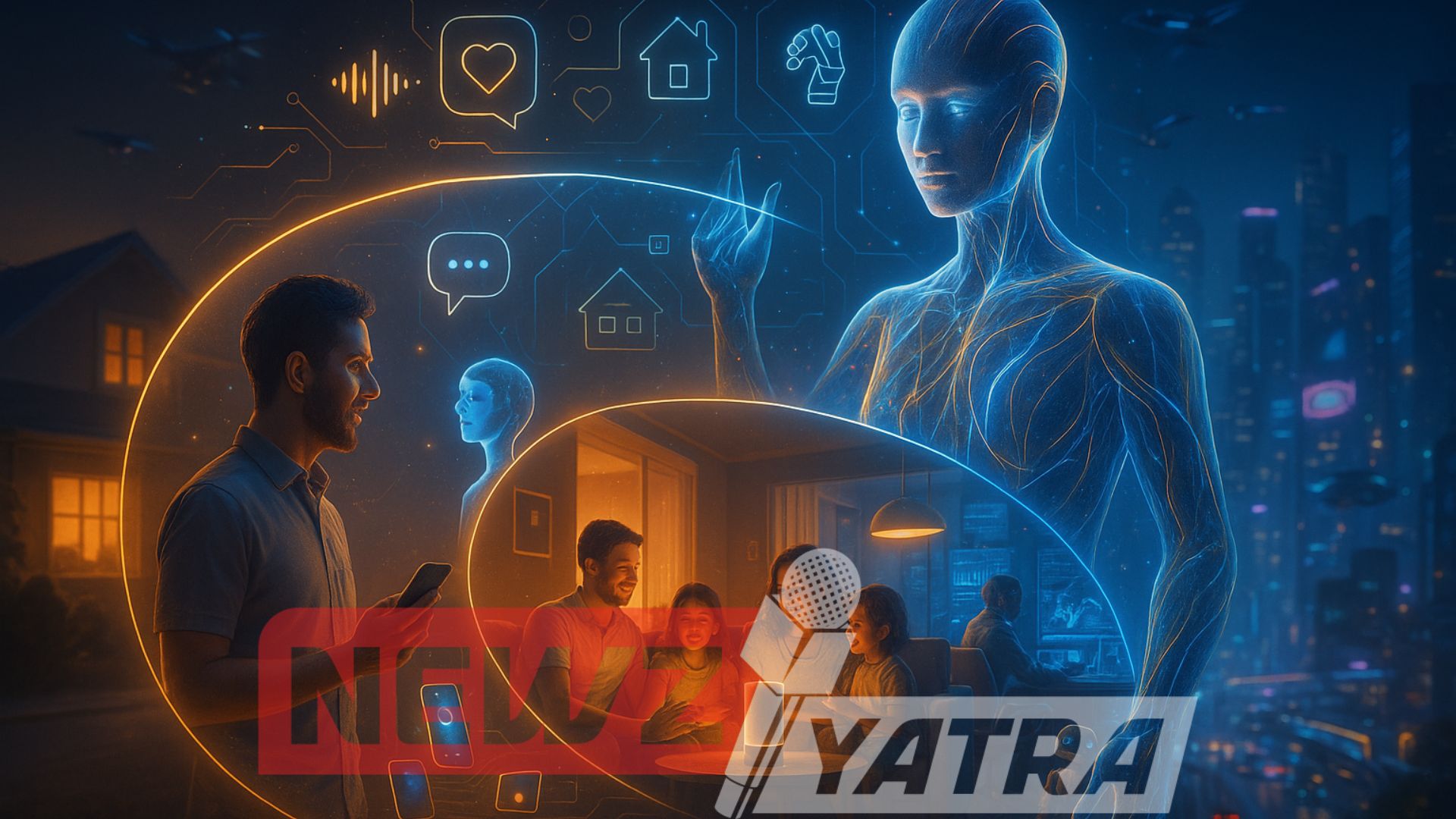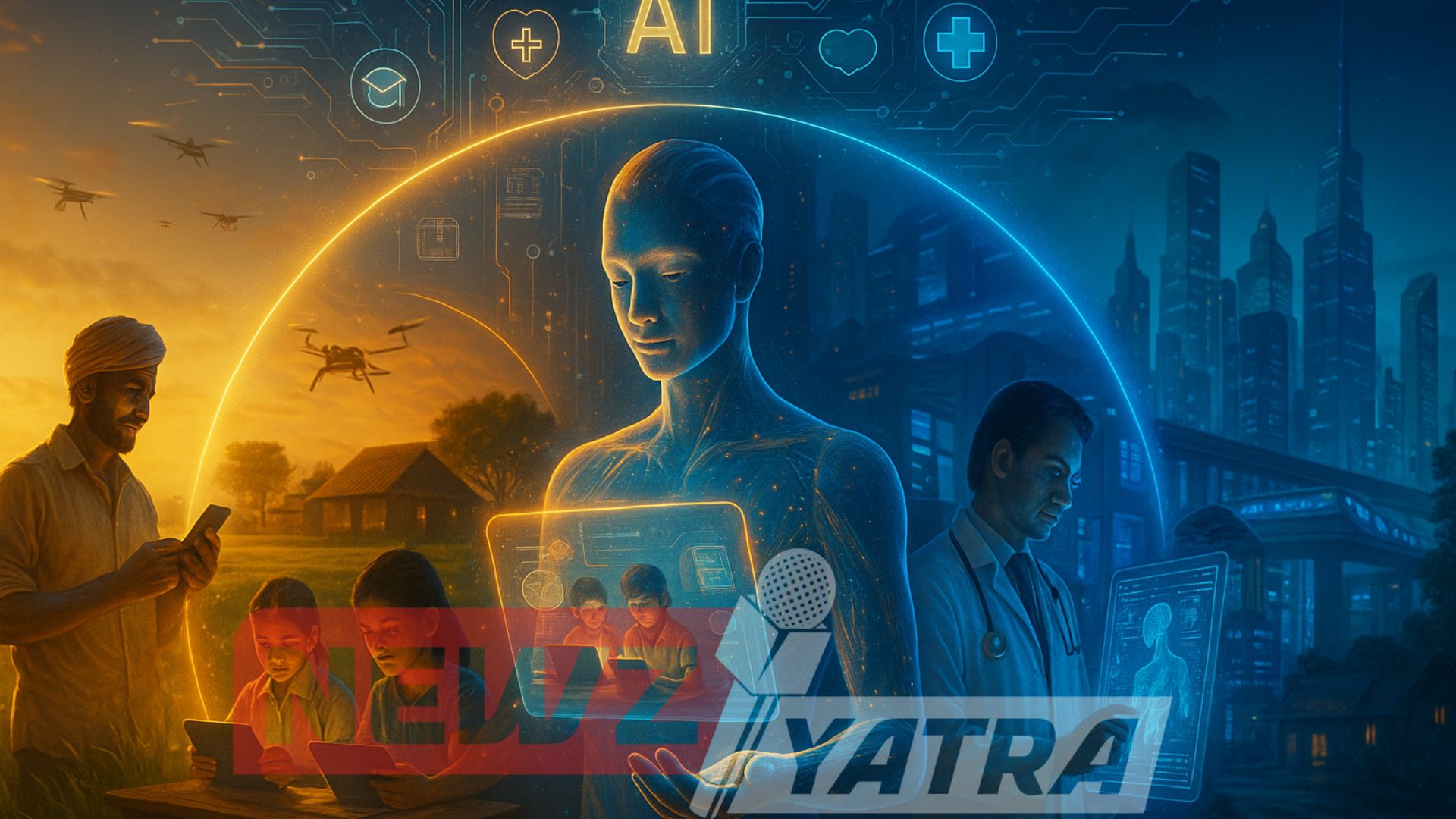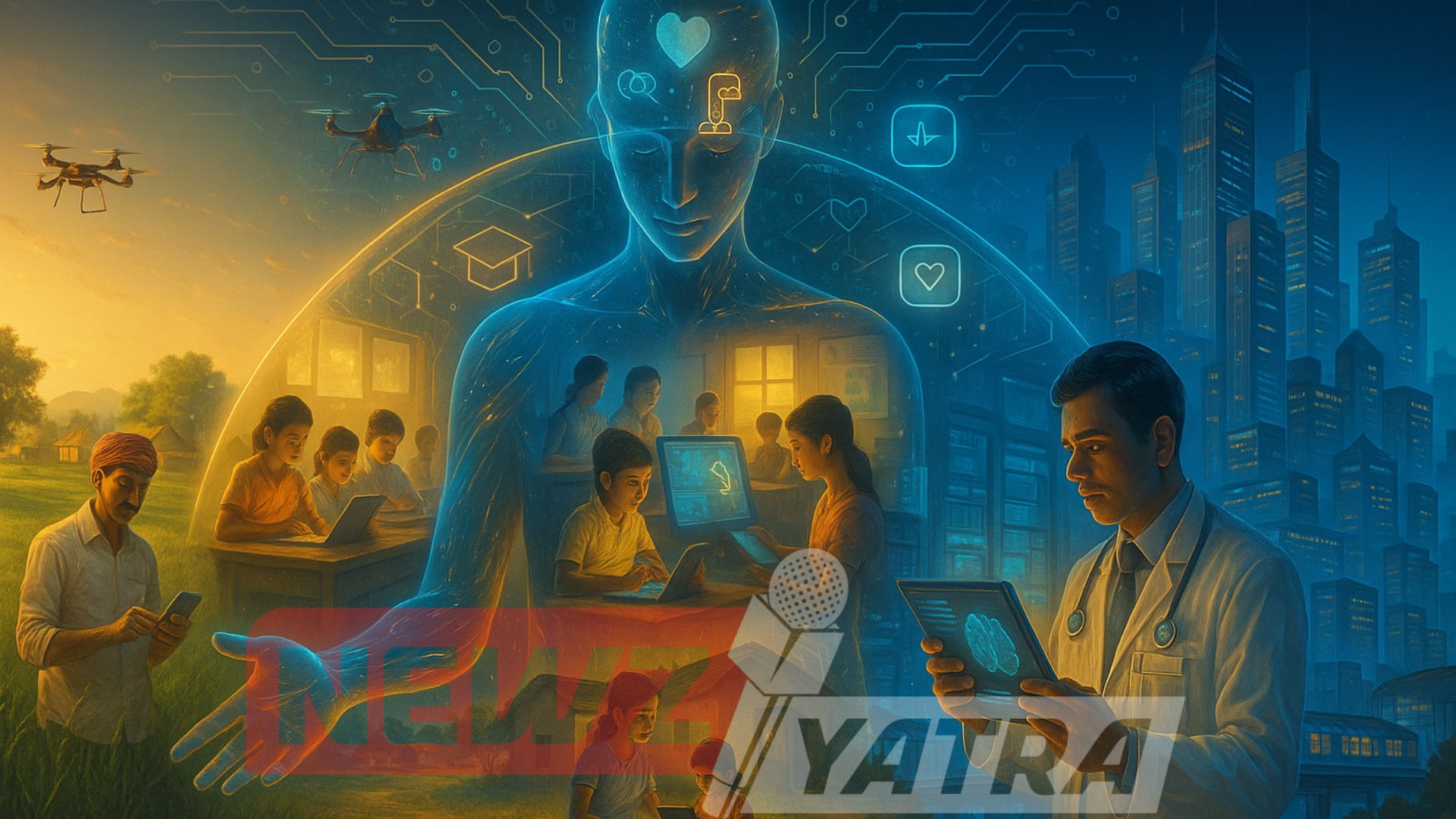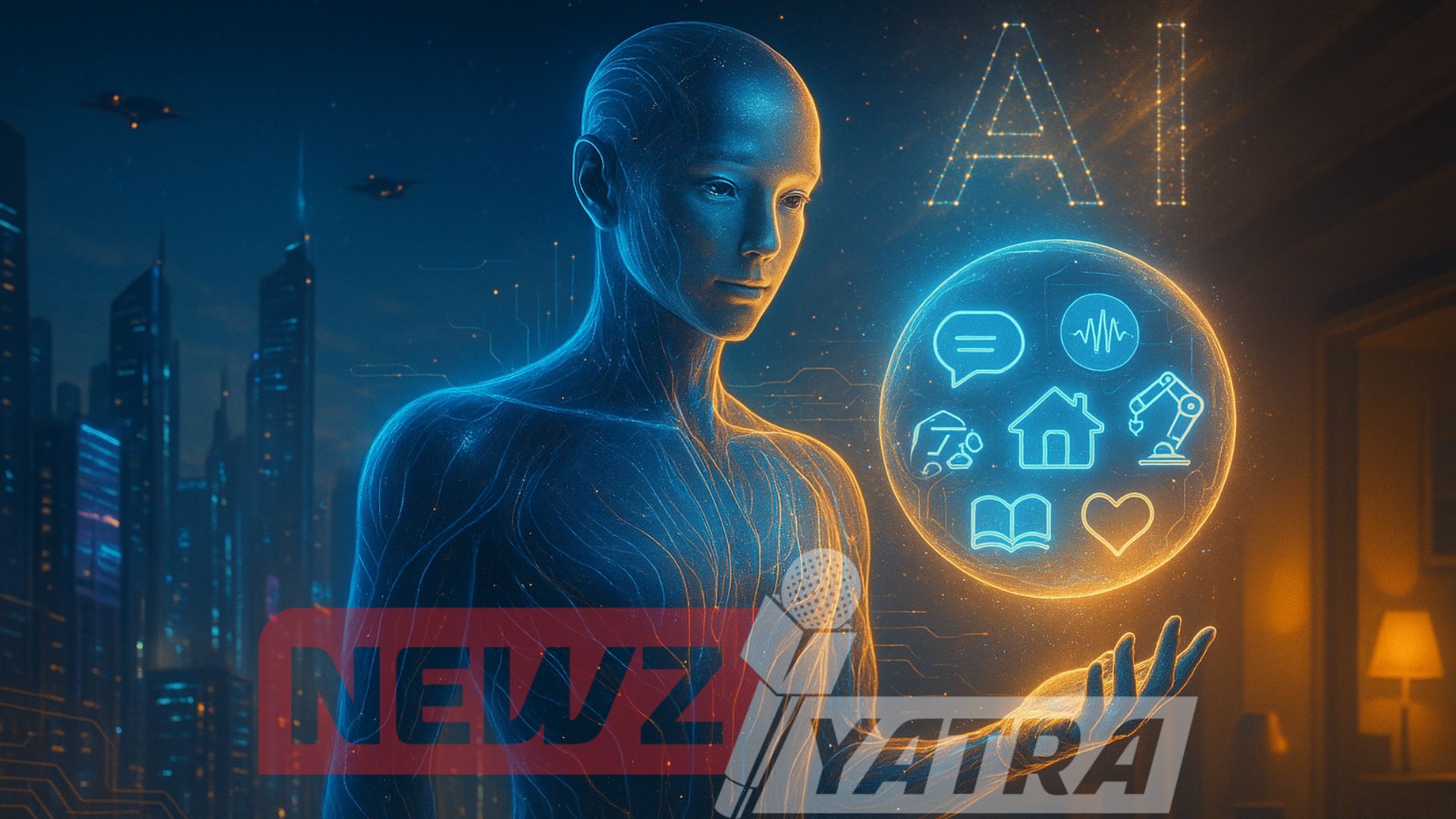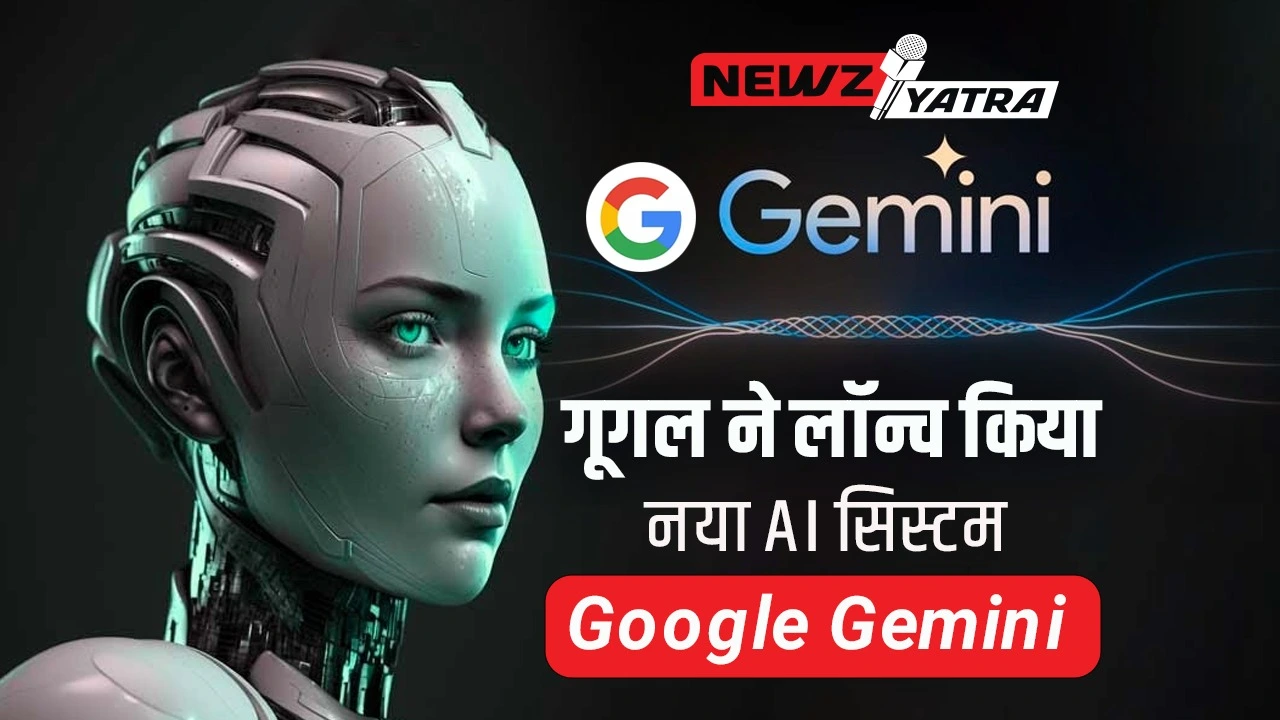How AI Tools Are Transforming Creative Workflows in 2025
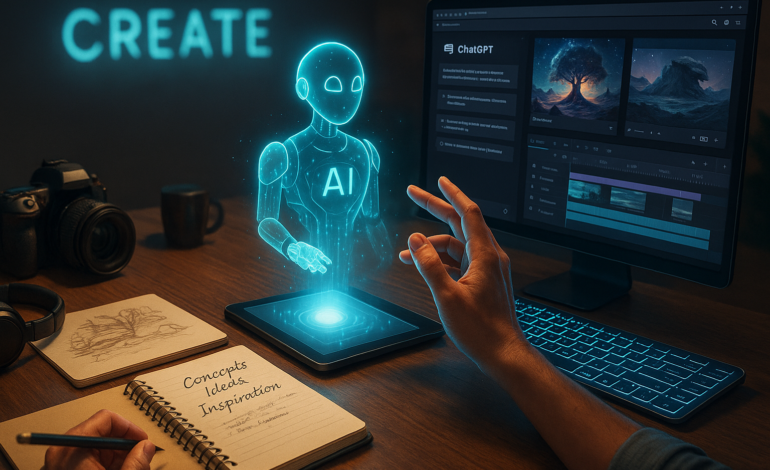
Creativity was once seen as purely human—driven by imagination, emotion, and personal experience. But in 2025, AI isn’t replacing creative work—it’s elevating it. Across industries, professionals like designers, writers, marketers, video editors, and musicians are now using AI tools not as shortcuts, but as collaborative partners that enhance their ideas and speed up execution.
AI is helping creators brainstorm faster, design smarter, write with precision, and produce content more efficiently than ever before. It takes care of repetitive tasks, analyzes data for insights, and even adapts to different creative styles—allowing humans to focus on vision, storytelling, and strategy. (AI tools for content creators 2025)
In this blog, we’ll explore how AI is reshaping modern creative workflows—from idea generation to final production—and how it’s opening new doors for innovation, collaboration, and impact.
AI-Powered Creativity in 2025: 6 Ways Artificial Intelligence Is Revolutionizing Content Creation and Design Workflows (AI tools for content creators 2025)
1. Brainstorming: From Blank Page to Big Ideas (AI tools for content creators 2025)
Gone are the days of staring at an empty page. AI tools like ChatGPT, Notion AI, and Copy.ai are making brainstorming smoother and faster.
- Writers use AI to generate outlines, blog ideas, email drafts, or even poetry prompts.
- Marketers can use AI to spin campaign angles based on audience and product.
- Designers are using tools like Midjourney or Ideogram to generate visual moodboards and references in seconds.
Example:
A social media manager can input a product name and get 30 different caption ideas in under 30 seconds—something that once took hours.
2. Visual Design: From Sketch to Stunning (AI tools for content creators 2025)
AI design tools have revolutionized how we approach graphics, branding, and UI/UX.
- Canva’s AI Magic Studio, Adobe Firefly, and Figma’s AI Plugins help generate templates, remove backgrounds, suggest color palettes, and even auto-complete layouts.
- Generative AI like DALL·E 3 or Runway ML can produce realistic images or surreal concepts from just a text prompt.
Result:
Designers are spending less time on tedious tasks like resizing and asset creation, and more time on high-impact creative strategy.
3. Content Creation: Write More, Edit Less (AI tools for content creators 2025)
Content creators are using AI tools to draft, revise, and repurpose content at scale.
- Bloggers and copywriters use AI to generate long-form content, repurpose blogs into tweets or LinkedIn posts, or summarize research.
- YouTubers use AI to write scripts, generate captions, and even voice-over content.
- Newsletter writers use AI to generate engaging subject lines and write with tone-appropriate flair.
AI can also translate, reformat, and rewrite content for different audiences or platforms, saving hours of manual labor.
4. Video Editing & Animation: From Raw to Ready in Minutes (AI tools for content creators 2025)
Video production, once the most time-consuming creative task, is now faster and more accessible thanks to AI.
- Runway, Pictory, Descript, and Sora (by OpenAI) allow creators to edit videos by editing text, generate voiceovers, and even animate scenes.
- AI voice tools like ElevenLabs generate studio-quality narration in multiple languages.
- Generative video tools can now create B-roll, product demos, or promo clips from just a script.
Impact:
Video creators can now go from script to final cut in a fraction of the time—with high-quality results and lower budgets.
5. Music & Audio: The Future of Sound Design (AI tools for content creators 2025)
Musicians, podcasters, and content creators are using AI to speed up audio creation and editing:
- AI music tools like Soundraw, Aiva, and Amper Music help compose royalty-free tracks in different moods or genres.
- Voice cloning and synthesized speech tools are being used for narration, audio ads, and even audiobook production.
- Podcasters use tools like Adobe Podcast AI for automatic sound leveling, background noise removal, and filler word deletion.
Creativity Unlocked:
Non-musicians can now produce professional-level music and audio using nothing more than a prompt.
6. Data-Driven Creativity: Personalized and Performant (AI tools for content creators 2025)
AI isn’t just helping create—it’s helping creators decide what to create.
- Analytics + AI tools can suggest the best content type, posting time, and tone based on past performance.
- A/B testing tools powered by AI can automatically optimize thumbnails, titles, or ad copy.
- AI can even predict trends based on audience behavior, allowing creators to stay ahead of the curve.
Outcome:
Creative teams are now blending intuition with insights—making data-backed decisions that still feel human.
But… What About Authenticity in the Age of AI? (AI tools for content creators 2025)
In 2025, as AI becomes more deeply embedded in every creative workflow—from writing and design to video production and music—a common and valid concern continues to surface:
“If AI helps so much… is the end result still authentic?”
Let’s unpack that.
AI Is a Tool—Not a Creator on Its Own (AI tools for content creators 2025)
AI, no matter how advanced, doesn’t feel, reflect, or imagine the way humans do. It doesn’t live experiences, suffer setbacks, fall in love, or chase dreams. These deeply human elements—our stories, emotions, and perspectives—are the true essence of authenticity in creative work.
AI doesn’t replace creativity. It augments it. (AI tools for content creators 2025)
Just like a paintbrush doesn’t paint a masterpiece on its own, AI doesn’t generate meaningful work without your input, taste, and intention. The best creators use AI to speed up processes, explore more ideas, and test possibilities—not to hand over the wheel completely.
How AI Can Still Support Authenticity (AI tools for content creators 2025)
Here’s how creators in 2025 are maintaining their authentic voice while still using AI tools:
- Intentionality First: (AI tools for content creators 2025)
Creators start with a clear intention. Whether it’s a blog post, a brand design, or a YouTube video, they define the “why” and “who” before using AI. This ensures that the work serves a real purpose and resonates with a real audience. - Human Touch in Final Output: (AI tools for content creators 2025)
Even if AI drafts an article, the creator reviews, edits, and rewrites parts of it. They add personal anecdotes, unique opinions, cultural context, and emotional language. This human filter is what makes the content truly authentic. - Transparency Builds Trust: (AI tools for content creators 2025)
Many creators today are openly saying, “This video script was co-written with ChatGPT,” or “This design was inspired by Midjourney.” Instead of hiding the use of AI, they make it part of their process—turning it into a strength rather than a secret.
Using AI for Scale, Not for Soul: (AI tools for content creators 2025)
The soul of creative work still comes from the creator. AI can help you scale your efforts—create more videos, write faster, design quicker—but why you’re creating and how you connect with people? That remains entirely human.
The Bottom Line: Authenticity Comes From the Creator, Not the Tool (AI tools for content creators 2025)
In 2025, authenticity isn’t about avoiding AI—it’s about using it wisely.
It’s about keeping your unique voice at the center of everything you create, even when you’re surrounded by powerful digital collaborators.
AI gives you speed, ideas, and execution. But only you bring emotion, meaning, and originality.
So yes—AI-assisted content can absolutely be authentic, as long as the heart behind it is human.
When Creativity Leads and AI Follows, Magic Happens” (AI tools for content creators 2025)
In 2025, the creative process isn’t man versus machine—it’s man with machine. AI is no longer just a futuristic buzzword; it’s your co-creator, your brainstorm buddy, your behind-the-scenes assistant.
But here’s the truth: AI can write, design, and generate—but only you can feel, imagine, and connect.
The future belongs to those who can blend the speed of AI with the soul of human creativity. When you use AI tools with purpose, clarity, and heart, you don’t lose authenticity—you amplify it.
So whether you’re writing a script, designing a brand, editing a video, or composing music—let AI do the heavy lifting, while you lead with intention.
Because in the age of AI, creators who stay human will stand out the most.
Ready to create smarter, not harder?
Start exploring AI tools that align with your creative goals—write that script, design that brand, launch that video. But don’t forget: your vision leads, AI supports.
👇 Tell us in the comments:
How are YOU using AI to enhance your creativity in 2025?
Save this for inspiration
Share with a fellow creator
Stay human, stay ahead.
#AIandCreativity #FutureOfWork #HumanFirst #CreateWithPurpose #AICreators2025
How to Grow Your Instagram, LinkedIn, or YouTube Audience from Scratch!
FAQ: AI in Creative Workflows (2025)
Q1. Is AI replacing human creativity in 2025?
A: No, AI is not replacing human creativity—it’s enhancing it. AI tools act as collaborators that help speed up repetitive tasks, generate ideas, and improve efficiency. But the core creative direction, emotion, and storytelling still come from humans.
Q2. How are content creators using AI tools today?
A: Content creators use AI for idea generation, content drafting, social media planning, scriptwriting, video editing, and more. Tools like ChatGPT, Canva AI, and Runway help streamline their process, allowing them to focus on strategy and storytelling.
Q3. Can AI-generated content still be considered authentic?
A: Yes—if creators use AI with intention. Authenticity comes from human input: emotion, purpose, and voice. Many creators use AI to enhance their workflows but still review, personalize, and shape the final output.
Q4. What are the top AI tools used in creative industries in 2025?
A: Popular AI tools include:
- Writing & Brainstorming: ChatGPT, Notion AI, Copy.ai
- Design: Adobe Firefly, Midjourney, Canva Magic Studio, Figma AI
- Video Editing: Runway, Pictory, Descript, Sora
- Music & Audio: ElevenLabs, Soundraw, Adobe Podcast AI
Q5. How is AI helping video editors and musicians?
A: Video editors use AI for script-based editing, voiceovers, scene generation, and captioning. Musicians and podcasters use AI for composing tracks, cleaning audio, and auto-generating sound effects or narration—reducing production time drastically.
Q6. Can non-designers or non-writers benefit from AI tools?
A: Absolutely. AI democratizes creativity by enabling people with no formal training to produce professional-level content—whether it’s writing, music, video, or design—just by describing what they want.
Q7. How does AI help with data-driven creative decisions?
A: AI tools can analyze past content performance, suggest optimal posting times, recommend content formats, and even predict audience trends. This helps creators make informed, strategic decisions that still feel personal.
Q8. Is it ethical to use AI for creative work?
A: Yes, as long as it’s used transparently and responsibly. Ethical creators give credit, disclose AI-assisted work when needed, and use AI to support—not replace—original ideas and voices.
